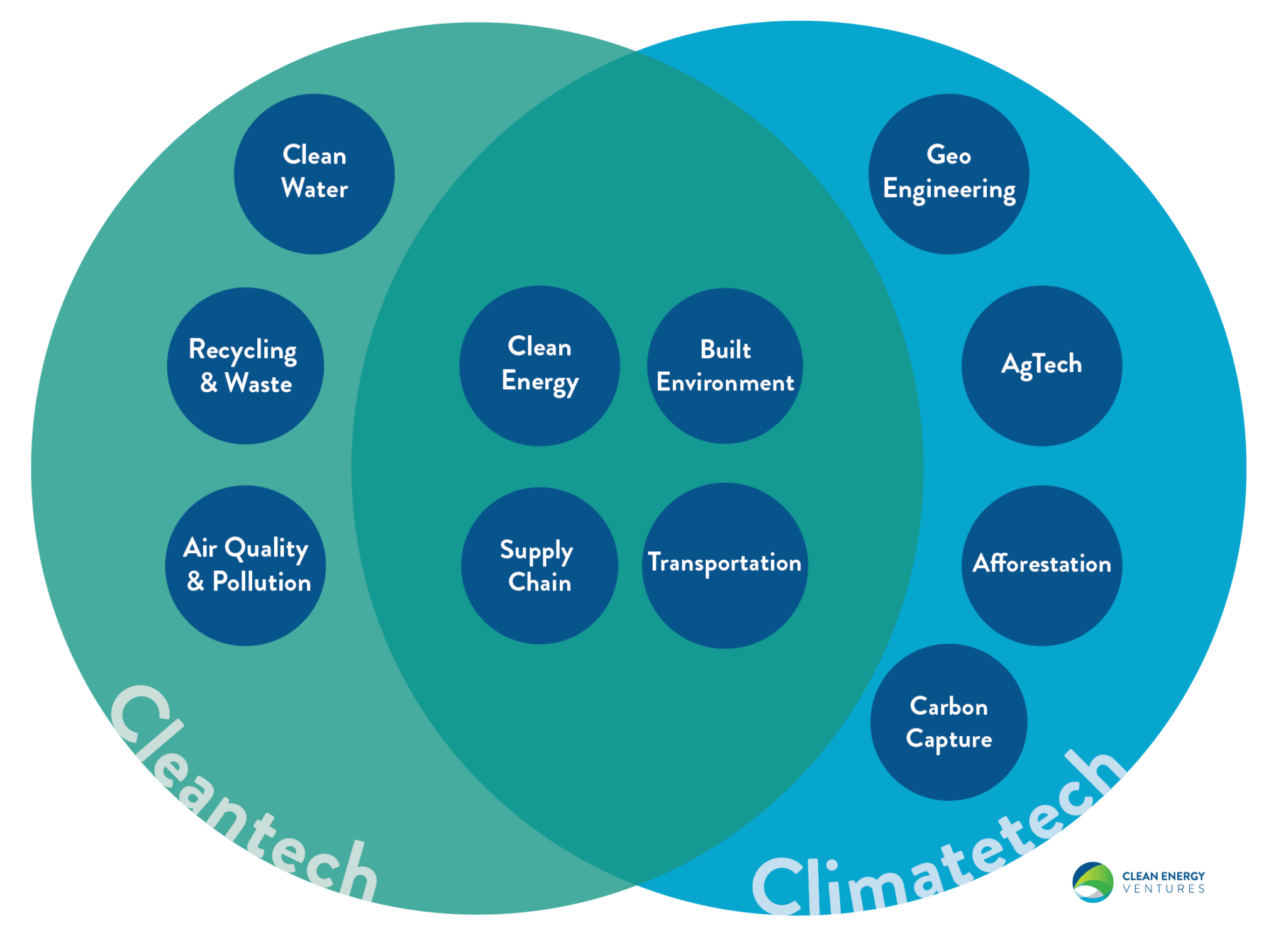This October, RINNO’s Antonia Egli joined the SOSV ClimateTech Summit and Sustainable Energy Week. These virtual events brought together ClimateTech entrepreneurs and policymakers to discuss challenges and opportunities ahead – read on for our key takeaways and insights into the latest developments in climate technologies.
To get to zero [emissions], you have to do the hard stuff.
Bill Gates, Founder of Breakthrough Energy
The European 2030 Climate & Energy Framework proposes goals to reduce greenhouse gas (GHG) emissions, increase the use of renewable energy, and improve energy efficiency. In line with these goals, augmented intelligence and artificial intelligence can significantly improve the energy consumption and efficiency of buildings. The EU-funded H2020 AutoDAN and SATO projects propose solutions to improve the smart readiness of buildings while keeping in mind stakeholders’ operational practices, preferences, and satisfaction. On a wider intercontinental level, Bill Gates calls for more risk taking and bigger faster investments to reach net-zero.
In addition to his decade-long standing in the tech industry, Gates established Breakthrough Energy in 2015. Breakthrough Energy is a fund tasked with furthering the race to net-zero by means of ClimateTech innovation investments, while also advising governments on effective climate spending.
What Is ClimateTech?
CO2 and GHG emissions can be reduced significantly through the use of novel and existing technologies. ClimateTech describes all technologies developed and employed to address climate change by saving energy and resources. In short, all technological developments that attempt to mitigate GHG emissions fall into this category; attempts by ClimateTech to decarbonise the global economy include fields like transportation, built environments and industrial farming.
How does ClimateTech differ from CleanTech? While the two terms may overlap, CleanTech encompasses all technologies and processes that increase the performance of production processes while simultaneously reducing their impact on the overall environment. Examples include water treatment or recycling and waste reduction. Its key difference from ClimateTech lies in its scope: CleanTech is concerned with combatting not only GHG emissions, but also other social and humanitarian issues such as access to clean water, sanitation, or quality food production.

Understanding the difference between ClimateTech and CleanTech, © Clean Energy Ventures
Trillions of dollars are needed each year to meet the 2015 Paris Agreement goal of restricting global warming. At SOSV, Gates highlighted the need for fast and high-risk investments to better combat the global climate urgency. His advice underlines the long-termness of climate investment returns, and it’s within such contexts that research-based Horizon 2020 and Horizon Europe projects (read our previous blog to understand the difference) are imperative. Because of this, we thought it was fitting to introduce you to two projects we think are making significant progress.
Auto-DAN: Assessing & Measuring Energy Performance for Sustainable Building
AI assists humans in labour-intensive computational tasks. However, in terms of energy efficiency in buildings, optimising thermal comfort and energy efficiency are elements that traditionally incite personalisation and flexibility depending on the size and location of a building. H2020 project Auto-DAN enables both thermal comfort and energy efficiency through the employment of smart hardware infrastructure, interoperable software architectures, and an energy self-assessment framework. Similar to the RINNO project, co-design is key: stakeholders are engaged specifically in early stages to determine important objectives and personalisation requirements for each project. Slightly more tangible elements of the project are found in its deployment of smart hardware infrastructure at six pilot sites in Ireland, Italy, and Spain. These include smart IoT meters for connected monitoring options and the full integration of smart appliances and plugs.


 This project has received funding from the European Union's Horizon 2020 research and innovation programme under grant agreement No 892071.
This project has received funding from the European Union's Horizon 2020 research and innovation programme under grant agreement No 892071.